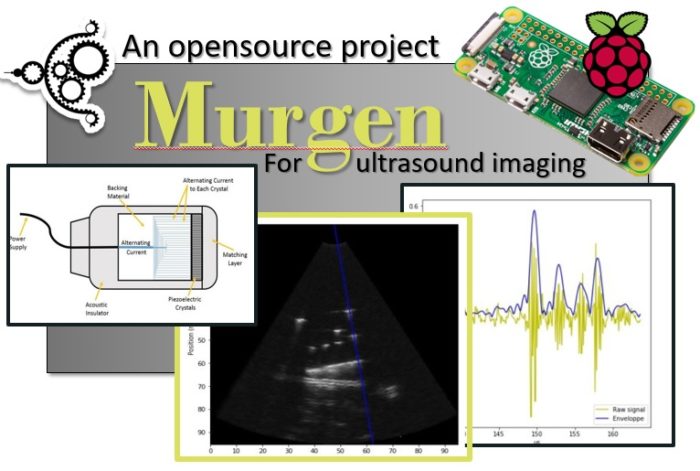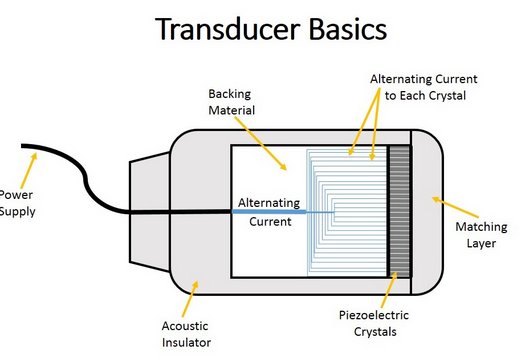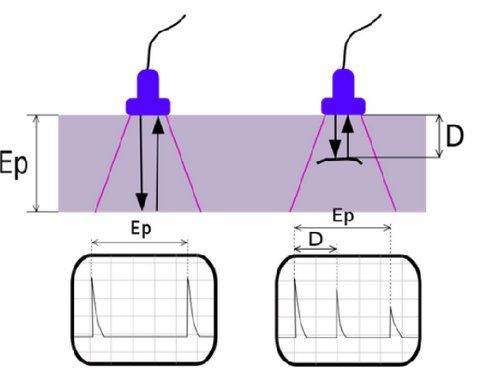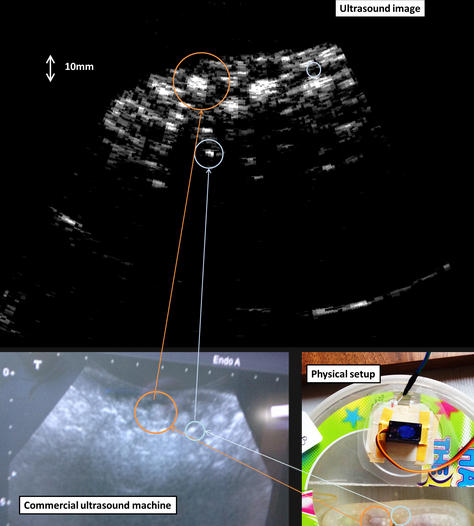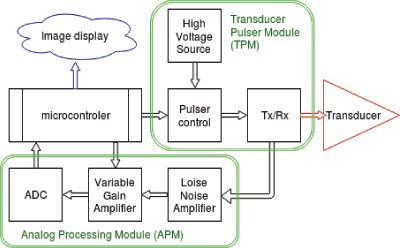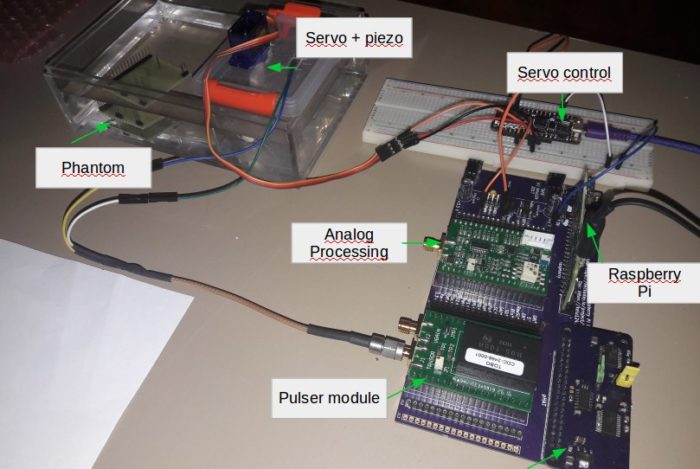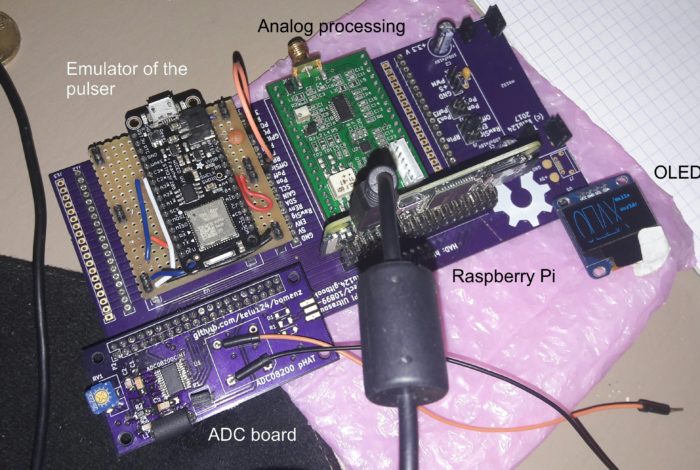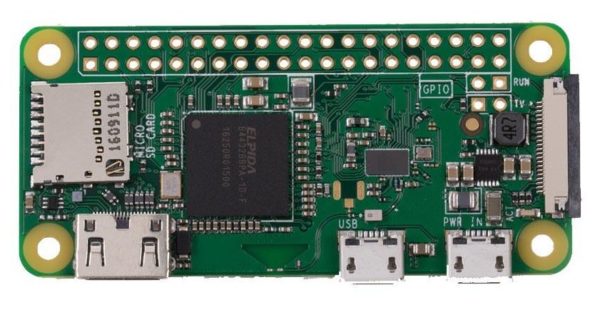Introduction
The opportunity to make visible the undeniable has always fascinated us. The ability to see what lies behind or inside objects, to make frequencies beyond visible spectrum visible, to translate sounds into images, have always been a driving force for man to develop new technologies. Whenever one of these technologies makes visible what was previously unnoticeable, man opens a frontier to a new world to observe, study.
One of these technologies is ultrasound imaging. This technology has recently found space in many applications, especially the medical one. In this article we will see how some makers are trying out new projects to make this technology reachable by using low-cost and opensource materials. One of these is the Murgen project.
The world of ultrasound images
The ultrasound frequencies used for medical applications cover a range of 2 to 15 MHz. The ultrasound signal is produced by the oscillation of numerous crystals enclosed within a transducer. These crystals are stimulated by electric pulses by piezoelectric effect and high frequency vibration produce, ultimately, ultrasounds.
The purpose of these ultrasounds is to generate a return echo that is recorded by the transducer and converted to electrical signals. The analog electrical signals will then be converted into images.
Now this may seem simple, but in reality all technology is based on the physical interpretation of these return signals. In fact, electrical signals will have to be converted into distances occupied by objects in space. The ultrasound material will react differently providing a different echo (signal) depending on the density distribution inside it.
The duration (Ep) of the pulse determines the longitudinal resolution, while the frequency of the ultrasound determines the degree of penetration of the ultrasounds within the object (depending on the density). The technique of converting a signal into an image is called enveloping.
At the end of the conversion process, we will obtain an image that is familiar to us:
Murgen – an opensource project for ultrasound images
The Murgen project, on Hackaday.io, aims to develop a development kit for the acquisition and generation of ultrasound images using low-cost and open source material. Developed by kelul24, this project is already operative, and many other makers are joining the project to collaborate.
At present, the project has completed its first phase of implementation already giving some results. The image below shows the comparison between an image obtained with the Murgen kit with one obtained from professional material on the market.
But let’s see the Murgen project in more detail. One of the most intense aspects is its highly modular approach. The use of different modules allows others to focus on a single module and make the best ones without compromising the implementation of the project.
Here is its architecture:
and one of the possible realizations using opensource material:
The modules used in the Murgen project
Now you can see some of the modules used for building this project.
Ultrasound Transductor
As ultrasound transductor the ATL3 probe has been chosen.
In order to operate this transducer must be connected to a HV Pulser. For this purpose a HV7360 model has been chosen
High-Speed Data acquisition
Regarding the data acquisition module, the project used PRUDAQ, an opensource shield to be applied to a BeagleBone Black board. This shield allows the rapid acquisition of data (40 Mbps).
Analog Processing
Processing of analog data (signals) from the transducer is performed by Goblin. This opensource board acts as a TGC-Envelop-ADC module. On the board picture below you can see the three different chips performing the three function.
Main board
A Raspberry Pi Zero is used as the main control module in the project.
However, if you want to know more, here is the page with all the modules involved in the project.
Conclusions
In this article you have seen a quick overview on the technique of ultrasound images. You have also seen one of the examples of early open source approaches: the Murgen project. This is a project with the aim of creating a development kit for the acquisition and analysis of ultrasound images.
[:]

